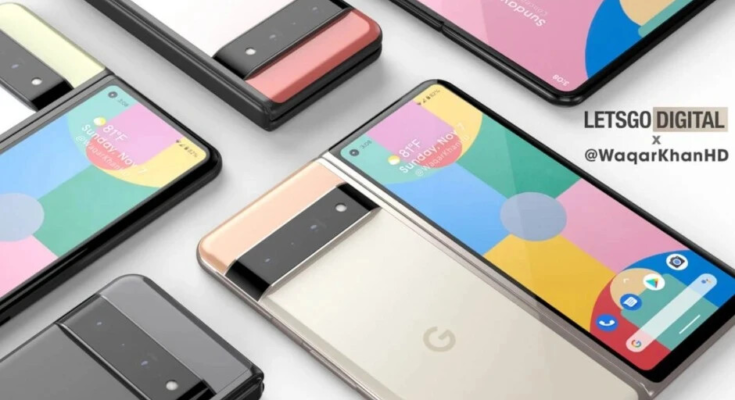![]()
![]()
Although not every company is yet sold on the idea of foldable phones, demand for the form factor is increasing at a fast clip, and there is growing evidence that Google is ready to dip its toes in the segment. A new report says that Google’s first foldable phone will be called the “Pixel Notepad” and it will be priced competitively.
Google apparently came close to canceling its first bendable smartphone in November out of fear that it wouldn’t fare well against the Galaxy Z foldable phones sold by the current market leader Samsung. Even though Google has neither confirmed nor denied any of these rumors, development is seemingly continuing.
A couple of days back, animations found in the second beta release of Android 12L, which is meant for large-screen gadgets like foldables and tablets, revealed that the foldable Pixel may look more like the Oppo Find N than the Galaxy Fold. That means we can expect the device to have a squarish aspect ratio.
Pixel Notepad will have limited availability at launch
9to5Google has learned from a trusted source that Google was previously considering “Logbook” as a name for its foldable phone but the company has seemingly now decided to call it “Notepad.” The device will allegedly cost less than the Galaxy Z Fold 3, which goes for $1,799.
Foldable phones require specialized parts and are trickier to manufacture, so it’s hard to fathom how Google will pull this off. The OG Galaxy Fold that was announced in 2019 retailed for $1,980 and it can be assumed that Samsung is now producing at a scale that allows it to cut costs and pass that on to consumers in the form of price reduction.
The Pixel 6 is also aggressively priced but has received flak for the buggy software. The Pixel Notepad must do better in this area if Google wants it to make a dent in the market share of Samsung, which makes the most popular foldable phones right now.
The Pixel Notepad will allegedly be powered by the same Tensor chip that fuels the flagship Pixel 6, but it will reportedly inherit Pixel 5’s rear camera system.
The report also says that the device will first be available in the US only and it could take a while before it appears in other markets. There is no word on a date yet.



